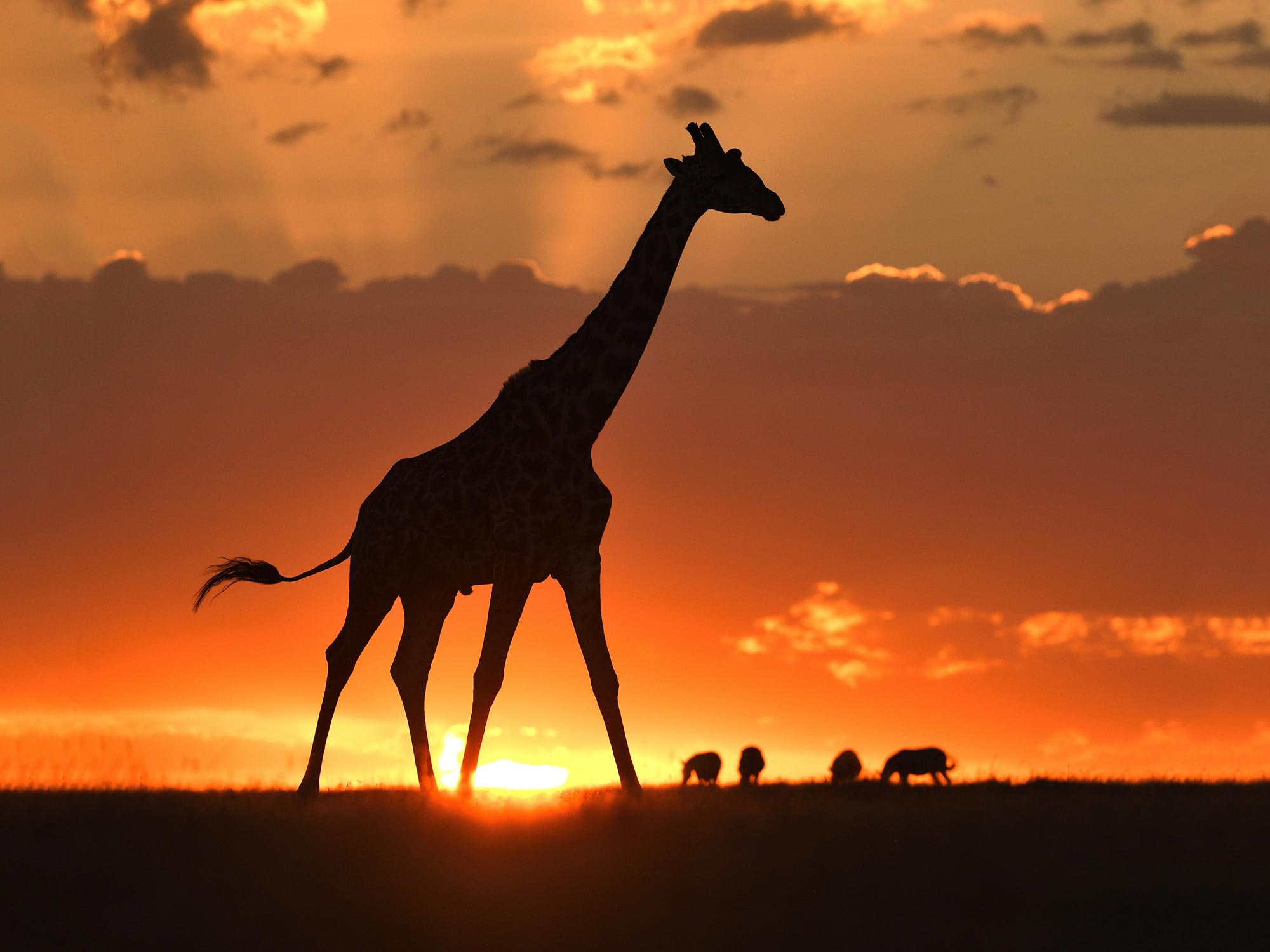Connect with us
Published
2 weeks agoon
By
admin
Researchers at Penn State have found that Masai giraffe populations in East Africa, separated by the Great Rift Valley, have not interbred for centuries. This genetic isolation, coupled with a 50% decline in their population over the last 30 years—resulting in fewer than 35,000 individuals—indicates that these giraffes are more endangered than previously understood. The threats primarily arise from illegal hunting and habitat loss, exacerbated by a rapidly growing human population. The study emphasizes the need for separate but coordinated conservation efforts for the two distinct populations.
Using advanced genomic techniques, the researchers studied 100 giraffes and found no genetic exchange across the Rift over the past 250,000-300,000 years. While some male gene flow may have occurred recently, significant barriers hinder movement. High levels of inbreeding were observed, reducing genetic diversity and overall population health. The findings present urgent conservation implications, calling for increased protections for Masai giraffes and their habitats in Tanzania and Kenya. Continued research on giraffe genetics and breeding behaviors aims to enhance understanding of these iconic animals and inform conservation strategies to ensure their survival amidst increasing threats.


















